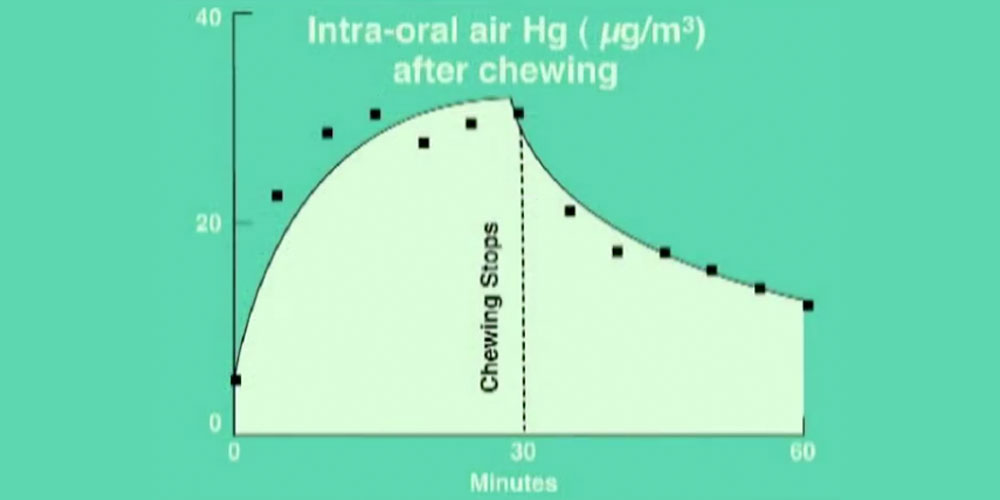We employ the following IAOMT approved methods to reduce mercury vapor exposure to our patients and operators during amalgam removal:
- Shaded eye protection for patient. Full transparent facial protection for operators.
- Provide alternate source of air (oxygen) to patient via nasal mask and operators via non-rebreather mask.
- Use new long shank carbide cutting burs and section amalgams, attempting to remove in large sections.
- Use copious amounts of water spray via air water syringe directed on tip of cutting bur.
- Use ‘surround’ type high volume suction tip. “Clean-up”
- Consider appropriate ventilation systems and room air purifiers to reduce ambient mercury vapor.
- Consider appropriate suction waste water separation system.
- Consider appropriate nutritional and physical support preoperatively (eg. homeopathy, acupressure and massage therapy)
- Select appropriate biocompatible restorative materials via specific testing systems (eg. serum compatibility or skin galvanic response tests) or published research.
Protective Barriers
For virtually all operative procedures involving removing metals from the mouth, a rubber dam is used. Two high-volume suctions are in place on the “tooth-side” of the barrier and a low-volume suction is placed in the mouth, “air-way side” of the barrier. Mercury vapors that could pass through or around the rubber dam are thus vacuumed into our office filters and not inhaled by our patients.
After metal removal, we provide a chlorella lavage and suction to further evacuate potential vapors and particles.
Further barriers include eye protection and frequently-changed drapes.

